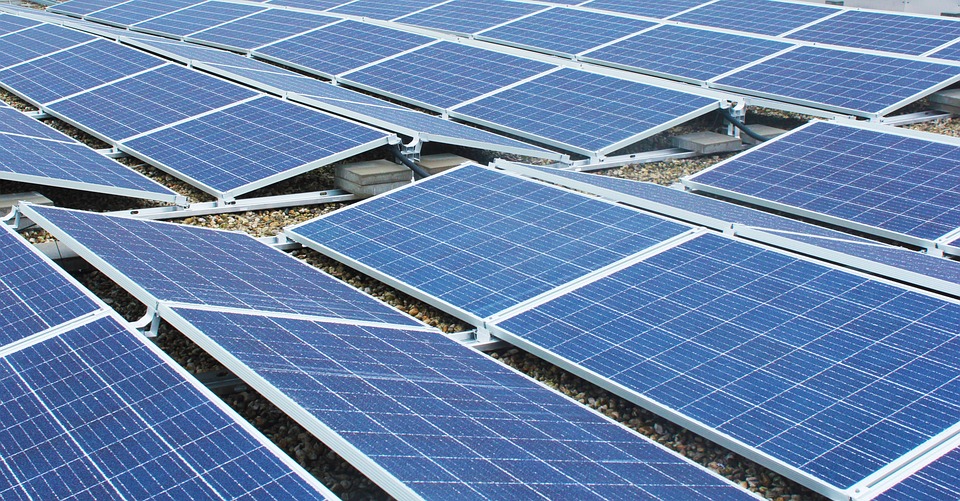SoFi Stadium, located in Inglewood, California, is a state-of-the-art venue that serves as the home for the Los Angeles Rams and Los Angeles Chargers. Its unique design incorporates several innovative elements aimed at managing climate and weather, particularly in the context of Southern California’s climate.
Is SoFi Stadium Climate Controlled?
Open-Air Design with Roof Covering
– No Full Climate Control: SoFi Stadium is not fully climate-controlled in the traditional sense. While it features a large roof covering, it remains an open-air stadium with sides that are open to the outdoors. This design allows natural ventilation but does not include a comprehensive HVAC system for heating or cooling.
– Temperature Management through Design: The stadium’s architecture promotes airflow, utilizing its open-ended design to facilitate fresh air circulation. This approach minimizes reliance on mechanical cooling systems, leveraging the region’s mild climate instead[1][5].
Transparent Roof and Its Role in Climate Regulation
– ETFE Roof Material: The stadium’s roof is constructed from ETFE (ethylene tetrafluoroethylene), a transparent and lightweight material that allows natural light while providing UV protection, thus reducing heat from direct sunlight. Approximately 65% of the roof features a reflective pattern to further mitigate solar heat gain[1][3].
– Shade and Protection from Rain: The roof effectively covers both the seating area and the field, providing shade and protection from rain while still allowing for natural breezes through its open sides. This design helps maintain a comfortable environment for spectators during events[2][4].
How SoFi Stadium’s Design Adapts to Southern California’s Climate
Natural Ventilation and Cooling
– Open-Air Sections for Ventilation: The open sides of SoFi Stadium enable constant airflow, capitalizing on Southern California’s generally mild coastal weather to keep temperatures comfortable without extensive air conditioning. The aerodynamic shape of the stadium helps draw in cooler ocean breezes[3][5].
– Cooling in a Warm Climate: Given the region’s typical climate conditions, the combination of an open design and shading from the roof contributes to maintaining a pleasant atmosphere for most events.
Rain and Sun Protection
– Protection from Elements: Although SoFi Stadium is classified as an open-air venue, its extensive roof provides substantial protection against rain and direct sunlight, ensuring fans remain comfortable during various weather conditions.
– Solar Glare Management: The ETFE roof is specifically designed to reduce solar glare while allowing ample natural light, creating an inviting yet comfortable environment for spectators[1][4].
Comparing SoFi Stadium to Fully Climate-Controlled Stadiums
Differences in Climate Control Technology
– No Central Heating or AC: Unlike fully enclosed stadiums such as Allegiant Stadium in Las Vegas, SoFi Stadium does not utilize centralized heating or air conditioning systems. Instead, it relies on its innovative architectural features to manage temperature effectively.
– Energy Efficiency: The design of SoFi Stadium minimizes the need for mechanical climate control systems, enhancing energy efficiency by utilizing natural ventilation and the local climate[2][5].
Weather Limitations and Comfort Levels
– Comfort in Most Weather Conditions: While the stadium’s design works well under typical Southern Californian weather conditions, it may face challenges during extreme weather events like rare heat waves when additional cooling may be necessary.
– Cost and Environmental Benefits: The absence of full climate control systems not only reduces energy costs but also aligns with sustainable design practices by lowering carbon emissions associated with mechanical cooling[4][5].
Frequently Asked Questions (FAQs)
1. Is SoFi Stadium air-conditioned?
– No, SoFi Stadium does not feature air conditioning. Its open-air design promotes natural ventilation while the roof provides shade.
2. How does the roof keep SoFi Stadium cool?
– The ETFE roof blocks UV rays and reduces heat from sunlight while allowing airflow through its open sides.
3. Is SoFi Stadium protected from rain?
– Yes, the ETFE roof covers both seating areas and the field, protecting spectators from rain while maintaining an open-air atmosphere.
4. Does SoFi Stadium use any climate control technology?
– The stadium employs passive climate control methods through natural ventilation and shading rather than full HVAC systems.
5. Why is SoFi Stadium not fully enclosed?
– The design takes advantage of Southern California’s mild climate, which typically does not require extensive heating or cooling for comfort.
Conclusion
In summary, SoFi Stadium exemplifies an innovative approach to stadium design that prioritizes sustainability and comfort without relying on full climate control systems. Its open-air structure combined with a carefully designed ETFE roof allows it to effectively manage temperature and weather conditions while optimizing for Southern California’s mild climate. This model sets a precedent for future stadium designs that aim to harmonize with their environmental context.

Kyle Whyte is a notable scholar and professor at the University of Michigan, holding positions such as the George Willis Pack Professor in the School for Environment and Sustainability and Professor of Philosophy. Specializing in environmental justice, his work critically examines climate policy and Indigenous peoples’ ethics, emphasizing the nexus between cooperative scientific endeavors and Indigenous justice. As an enrolled Citizen Potawatomi Nation member, he brings a vital perspective to his roles as a U.S. Science Envoy and member of the White House Environmental Justice Advisory Council. His influential research is supported by various prestigious organizations including the National Science Foundation, and disseminated through publications in high-impact journals. Kyle actively contributes to global Indigenous research methodologies and education, with affiliations to numerous institutes and societies dedicated to traditional knowledge and sustainability. Recognized for his academic and community engagement, Kyle has earned multiple awards and served in various visiting professorships. His efforts extend to leadership positions on boards and committees focused on environmental justice nationwide.
